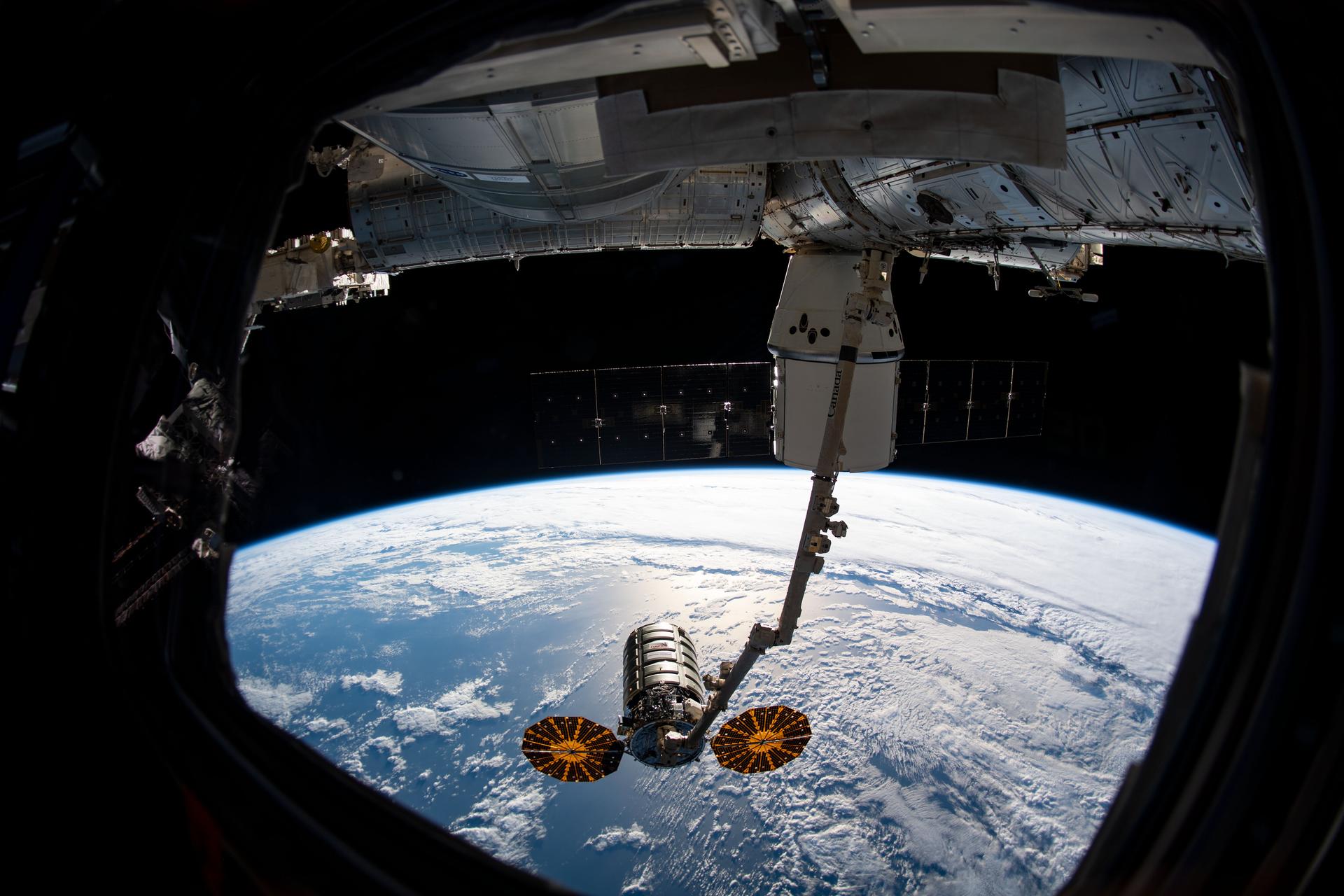One year ago, NASA announced the agency is opening the space station for business, enabling commercial and marketing opportunities on the station, and the agency has moved forward toward its ultimate goal in low-Earth orbit to partner with industry to achieve a strong ecosystem in which NASA is one of many customers purchasing services and capabilities at lower cost. Providing expanded opportunities at the International Space Station to manufacture, market and promote commercial products and services will help catalyze and expand space exploration markets for many businesses.
The new policy includes activities that can be as simple as a product pictured in space for use in marketing materials or a company flying and returning commemorative or other items to be sold after having been in space. NASA crew members on the station also can support these activities behind the scenes. The key is that the activity must require the unique microgravity environment, have a nexus to the NASA mission, or support the development of a sustainable low-Earth orbit economy.
U.S. entities can continue to submit proposals for such activities. NASA has received five proposals so far for commercial and marketing opportunities on the station, and the first of those agreements is already now at the station, launched on the SpaceX CRS-20 mission. The agency has two signed Reimbursable Space Act Agreements (RSAA), is processing two, and is evaluating one more. NASA is making available annually 90 hours of crew time and 175 kg of cargo launch capability but will limit the amount provided to any one company.
NASA also enabled private astronaut missions to the station, ensuring the ability to accommodate two missions each year at the space station of up to 30 days duration. The agency has an agreement in place with KBR to train private astronauts using NASA facilities. NASA has an agreement with Axiom Space for developing plans to enable private astronaut missions to the space station. In addition, the agency signed an agreement with Virgin Galactic as it develops a program to identify candidates interested in purchasing private astronaut missions to the station then procures the transportation, on-orbit resources, and ground resources for private astronaut missions.
Axiom Space and SpaceX made a separate agreement for a future private astronaut mission to the station. And SpaceX also announced an agreement for another private astronaut mission not to the space station, an example of NASA enabling a broader market in space. Axiom’s partnership with SpaceX for a private astronaut mission and Virgin Galactic’s plans to develop a new private orbital astronaut readiness program directly support NASA’s broad strategy to facilitate the commercialization of low-Earth orbit by U.S. entities.
NASA awarded a contract to Axiom Space to provide at least one habitable commercial module to be attached to the International Space Station. NASA also intends to support development of free-flying commercial destinations with release of a solicitation soon.
These companies are willing to make these commitments because they can see the long-term potential to sell services to both the U.S. government and to private citizens. They are putting their private capital at risk in these developments for future profit, whether from the U.S. government flying astronauts, or other missions for private astronauts.
NASA also is providing seed money for seven proposals to enable enterprising companies to mature their concepts and stimulate scalable demand for existing and future platforms in space. One example is the work LambdaVision is doing to produce protein-based artificial retinas in space that would be returned to Earth for surgical implant to restore sight for patients suffering from degenerative retinal diseases.
At release, NASA provided a forecast of its minimum long-term, low-Earth orbit requirements, representing the type and amount of services that NASA intends to purchase when those services become commercially available.
Creating a robust economy in low-Earth orbit will be dependent on bringing many new companies and people into that economy, and will require the development of not only the supply of services but also the demand for those capabilities. We are continuing to see new entrants enabled by the new commercial use policy, and via research and development being conducted through the ISS National Laboratory. NASA continues to work with industry to reduce areas of uncertainty regarding the future of these commercial activities.
NASA’s goal is to achieve a robust economy in low-Earth orbit from which the agency can purchase services as one of many customers. A robust commercial space economy ensures national interests for research and development in low-Earth orbit are fulfilled while allowing NASA to focus government resources on deep space exploration through the Artemis program and land the first woman and next man on the surface of the Moon in 2024.


























